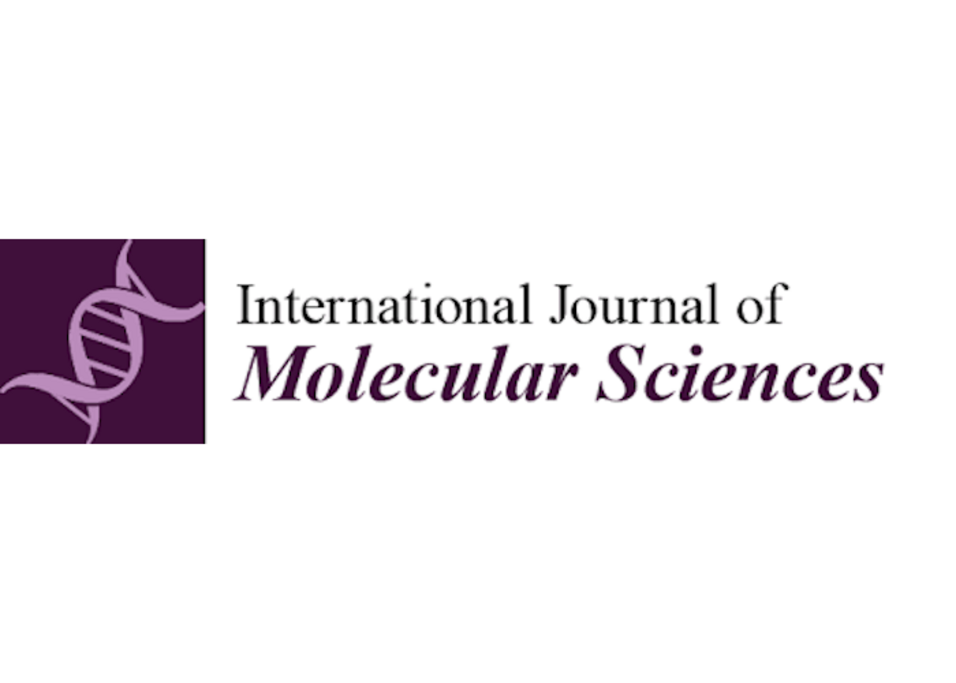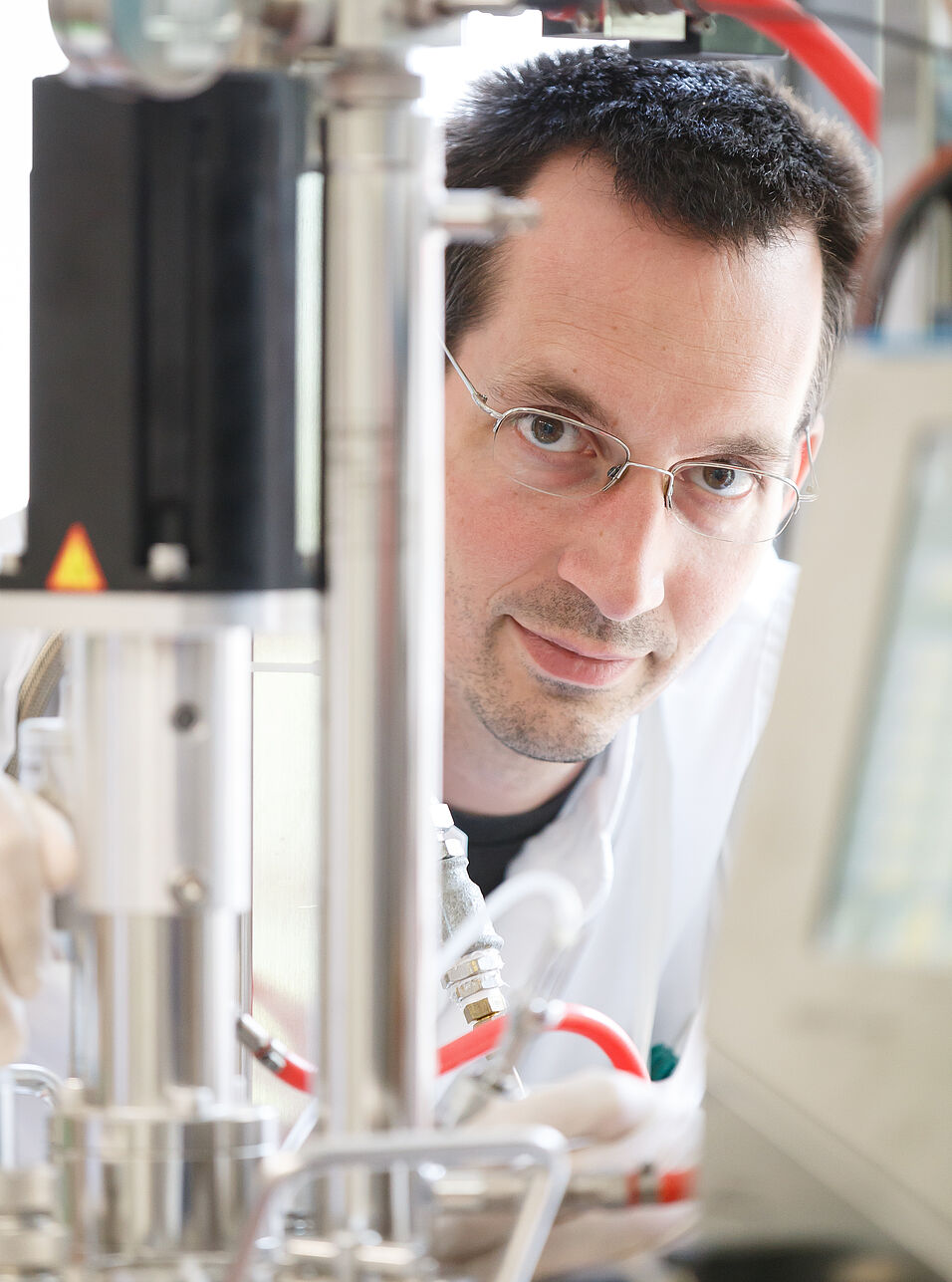New publication by Ivan Kushkevych, Blanca Hyzova, Monika Vitezova and Simon Rittmann published in IJMS:
"Microscopic Methods for Identification of Sulfate-Reducing Bacteria from Various Habitats"
Abstract
This paper is devoted to microscopic methods for the identification of sulfate-reducing bacteria (SRB). In this context, it describes various habitats, morphology and techniques used for the detection and identification of this very heterogeneous group of anaerobic microorganisms. SRB are present in almost every habitat on Earth, including freshwater and marine water, soils, sediments or animals. In the oil, water and gas industries, they can cause considerable economic losses due to their hydrogen sulfide production; in periodontal lesions and the colon of humans, they can cause health complications. Although the role of these bacteria in inflammatory bowel diseases is not entirely known yet, their presence is increased in patients and produced hydrogen sulfide has a cytotoxic effect. For these reasons, methods for the detection of these microorganisms were described. Apart from selected molecular techniques, including metagenomics, fluorescence microscopy was one of the applied methods. Especially fluorescence in situ hybridization (FISH) in various modifications was described. This method enables visual identification of SRB, determining their abundance and spatial distribution in environmental biofilms and gut samples.
Original Paper
International Journal of Molecular Sciences, DOI: 10.3390/ijms22084007
Microscopic Methods for Identification of Sulfate-Reducing Bacteria from Various Habitats
Ivan Kushkevych, Blanca Hyzova, Monika Vitezova and Simon K.-M. R. Rittmann
Full article: IJMS | Free Full-Text | Microscopic Methods for Identification of Sulfate-Reducing Bacteria from Various Habitats (mdpi.com)


